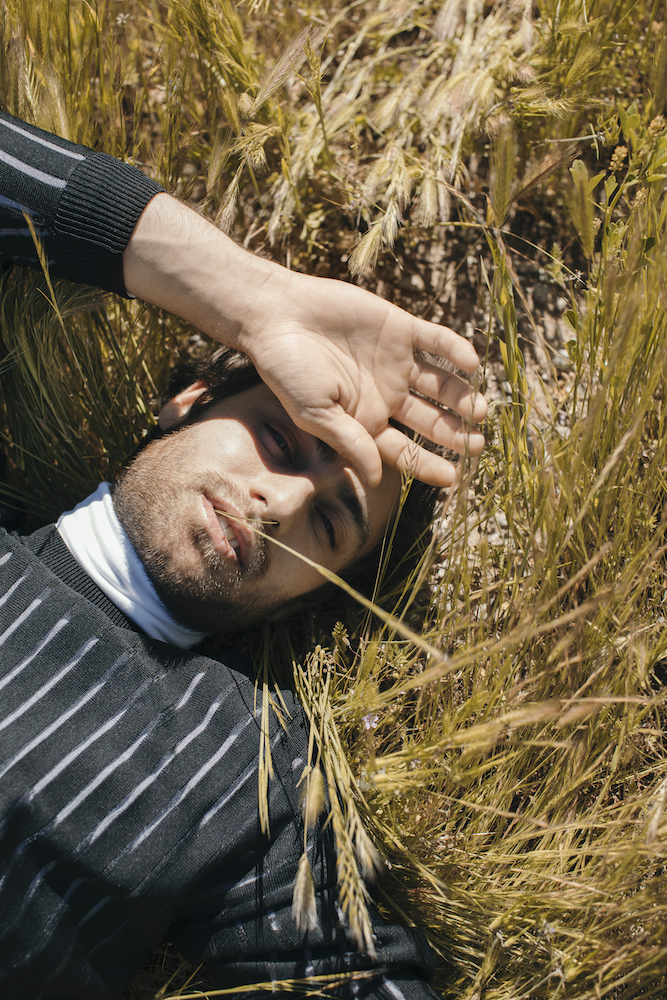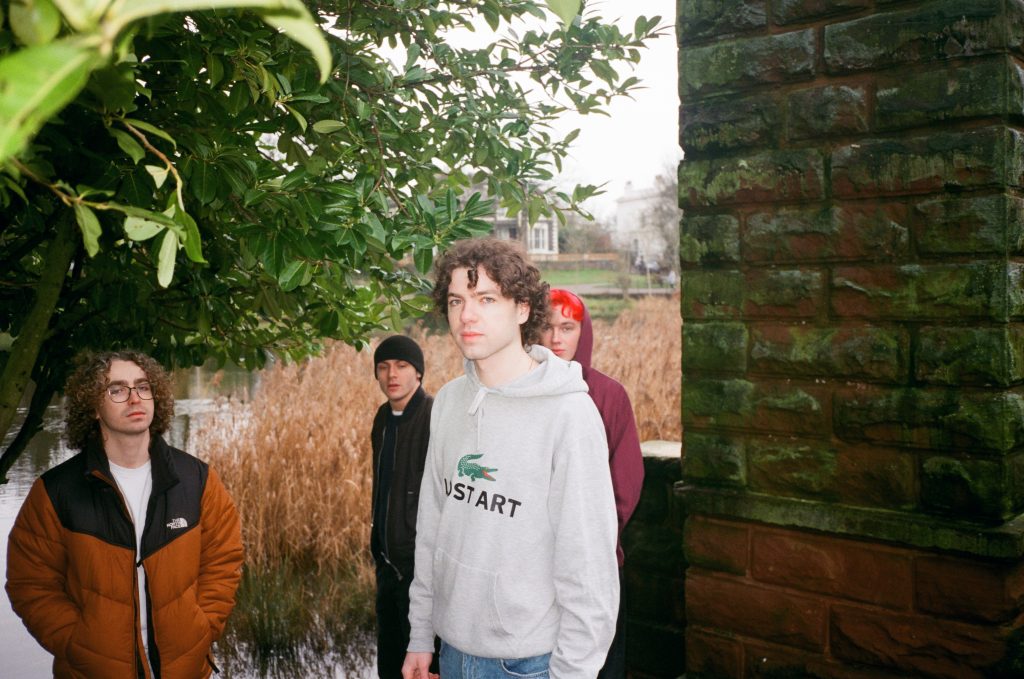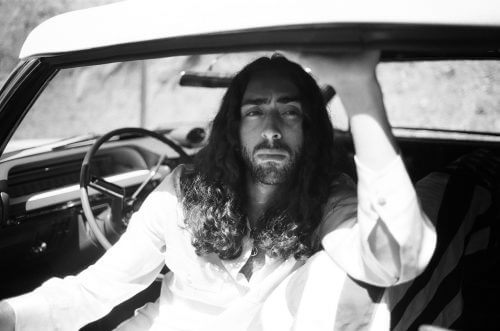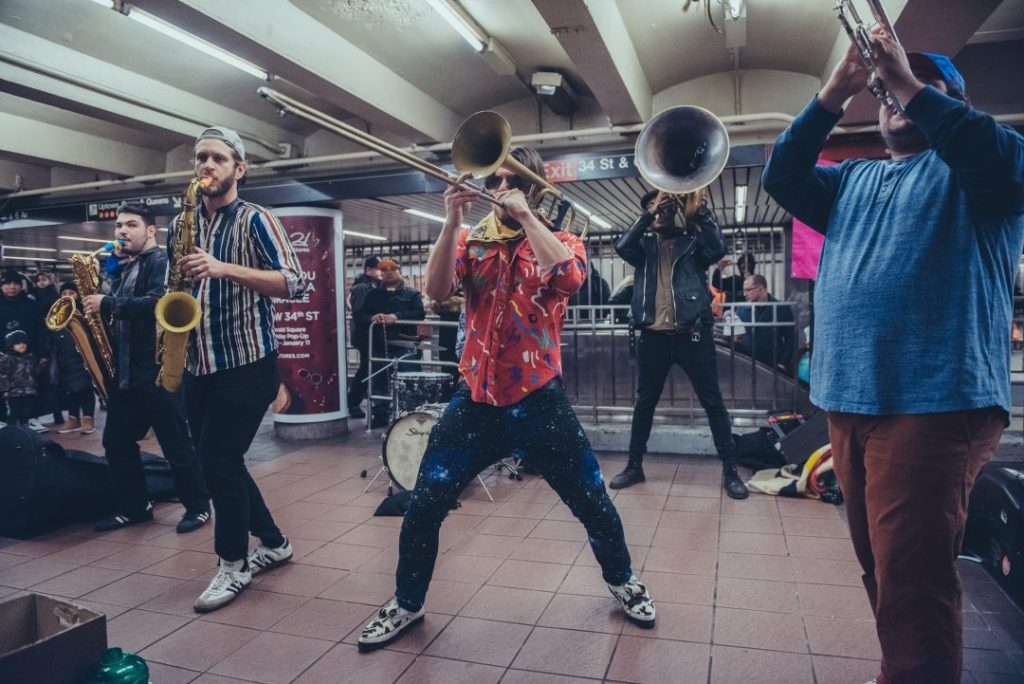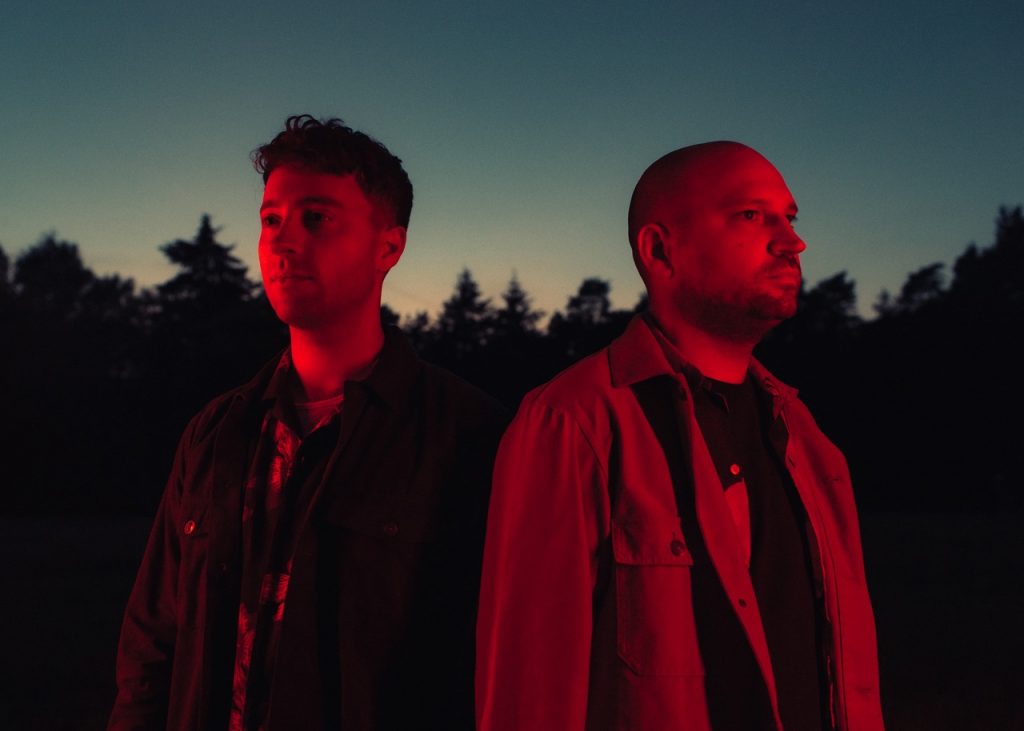Music Becoming Mantra: With Yoke Lore’s Adrian Galvin
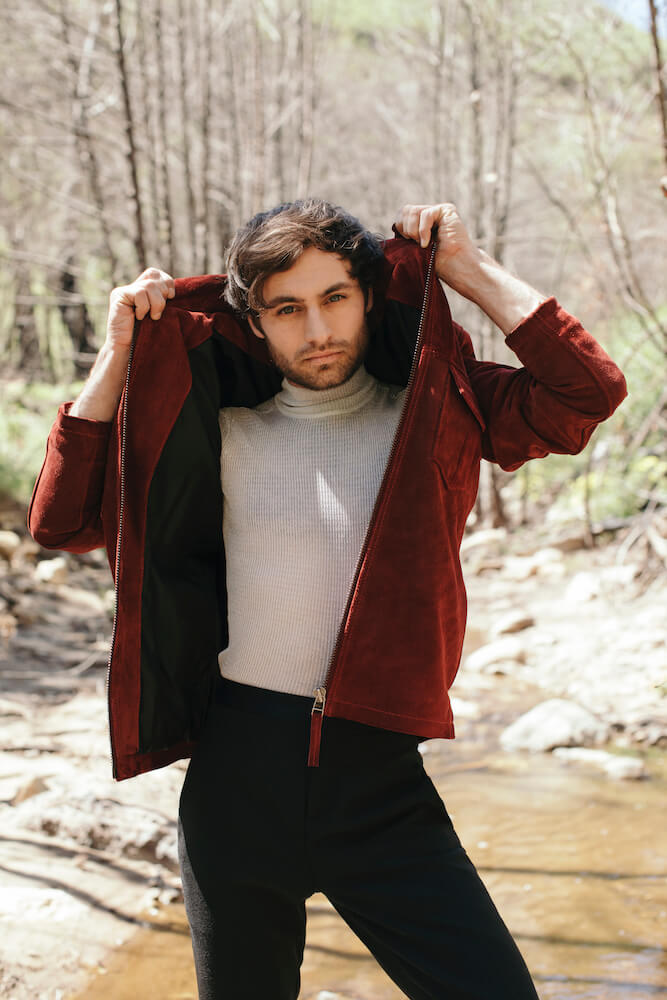
Yoke Lore has been Adrian Galvin’s primary project since 2016, but he has been working as a musician for much longer. After starting out as Walk the Moon’s original drummer in 2010, he left the band to go back to college; then he started a band called Yellerkin in 2014.
Galvin’s on-stage persona as Yoke Lore is intense and enthralling: he delivers earnest, philosophical stage banter between bouts of wild banjo strumming and flailing, apparently cathartic dance moves. But when I ask him about his artistic process and inspirations, the way he speaks is focused and crystal clear, and it sounds like he’s finally arrived somewhere he has been seeking for a long time. He is careful and thoughtful; he seems to have answers ready for any question. Several times he pauses, or backtracks a little, to reach into his brain and pick the perfect word for what he means, as though he were picking a perfectly ripe peach.
While on the road to Denver during his Fall 2019 tour, Galvin talked to FRONTRUNNER about some of his recent musical collaborations, what inspired his recent Meditations EP, and why it’s important to him to incorporate multiple artistic media into what he does.
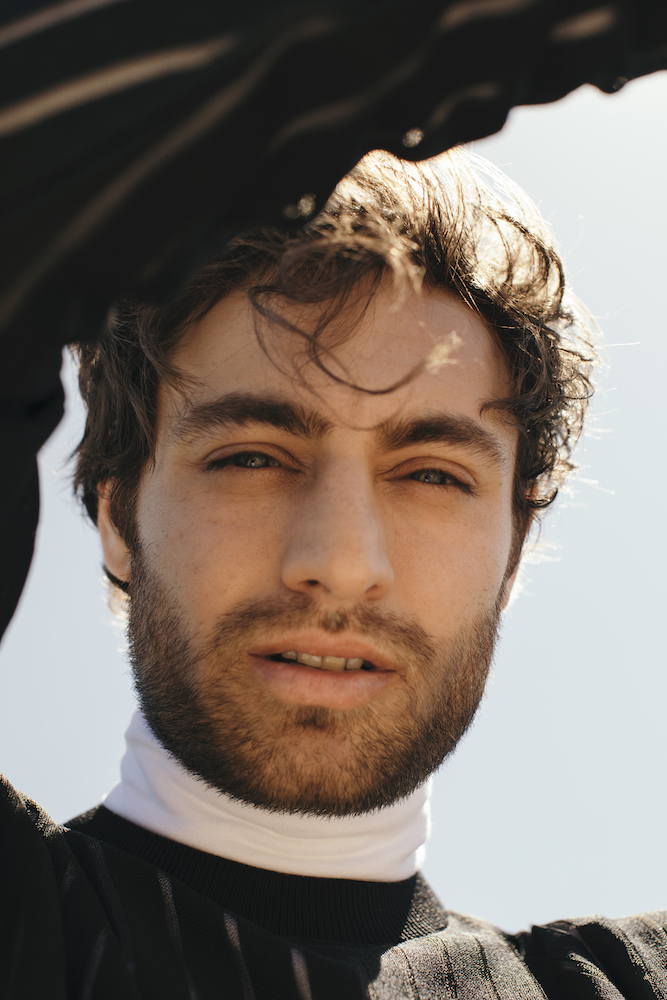
It’s clear that you put a lot of thought into all of your work, including the name “Yoke Lore.” What specific meaning does that have for you?
A yoke is like an oxen yoke. [It’s] the apparatus that goes around the oxen’s neck as they till the fields; it holds them together as they complete the process. But it can be any kind of binding agent; the word is also used in historical contexts, like “people under the yoke of an emperor.” So it’s something that holds two entities together, material or immaterial.
Lore is a set of stories, usually in a verbal tradition–lore of anything is its mystical history. I’m interested in telling stories about how things are held together. I think that’s really where you get value: where things are connected. So I’m trying to give people more stories about my connections, and about how I use those connections in my life and in my work. And I’m hoping that they will see that they want to make a certain connection [in their own lives], and maybe I can give an insight toward that direction.
Speaking of stories, at your Portland show at Doug Fir you said that you’ve written multiple songs about books. It was right before you played an unrecorded song about Tom Robbins. Which of your other songs are about books?
There’s a book called I Ching in the Taoist canon. It’s an oracle… like Tarot cards for Taoists, basically. I wouldn’t say I’m a practicing Taoist, but I subscribe to Taoist principles, and I’ve written a lot about my balancing acts. I think I get a lot from [the I Ching]. It’s like a framework [for] viewing any situation, and I’ve used that framework a lot in my writing.
Can you speak further about your songwriting process? Do you ever sit down and have a specific writing session, or are you always writing down ideas on the go?
I’m definitely, constantly logging ideas that I have, like words that seem special to me, or phrases that I want to dive deeper into. For instance, I found this word in the Gospel of Luke a couple of years ago in this weird Greek translation. I’ve never found it any other place in literature, and the word is splanknitzsein. It’s a weird word that means “a melting organ.” [laughs] I know it sounds a bit violent, but it’s used as a term of compassion, in that you identify with someone’s suffering so much that your organs start to bleed, or you feel splanknitzsein. So there’s things like that I come across [and] really want to suss out. I also read a ton of books, I listen to a ton of music, I watch a ton of movies. I’m constantly outside, and I take a lot of inspiration from the natural world. After I finish a tour I usually go away by myself for a little bit, to either the desert or the forest, to write.
I’m a slightly more introverted person, and when I go on tour I have to be very much the extrovert. So when I get off tour I usually kind of rebound and use that as a way to get at what’s inside of me a little bit more. So I guess my process is a bit isolationist at times. But it’s also never the same. It’s always developing, and I’m always finding new ways to draw stuff out of my chest, new ways to say things, and new situations from which to view things. I think that’s really necessary–that you allow yourself to change, that you don’t get mired in a routine that you must subscribe to: that you have to start this way or that way, or that you have to be in a certain mental space. I think allowing the process to happen is a huge part of the process itself.
Speaking of allowing the process to happen, four of the six tracks on your Meditations EP are new versions of older songs. What is the value for you in reframing the songs–both for you and for other people?
I called the EP Meditations, because playing these songs and regurgitating them over and over and over again kind of gives them this mantra-like quality. I don’t know if you’ve done any meditation, but a mantra is a phrase or a word or a coupling that you repeat over and over and over again. As you do that, it kind of takes on its own rhythm and life, and the words start to change in your mouth a little bit. As it repeats and repeats and repeats, your perception of it changes. I think that’s how I felt about these songs: I had repeated them so many times, they were like mantras to me. New dimensions opened up within them that I didn’t really make available originally. So I wanted to give people another chance to gain from them, and give myself another perspective from which to view them.
It comes back to what you were saying about adapting to things, or making art out of wherever you are in the moment.
Yeah. Everything natural moves and changes and grows and develops. So why shouldn’t songs?
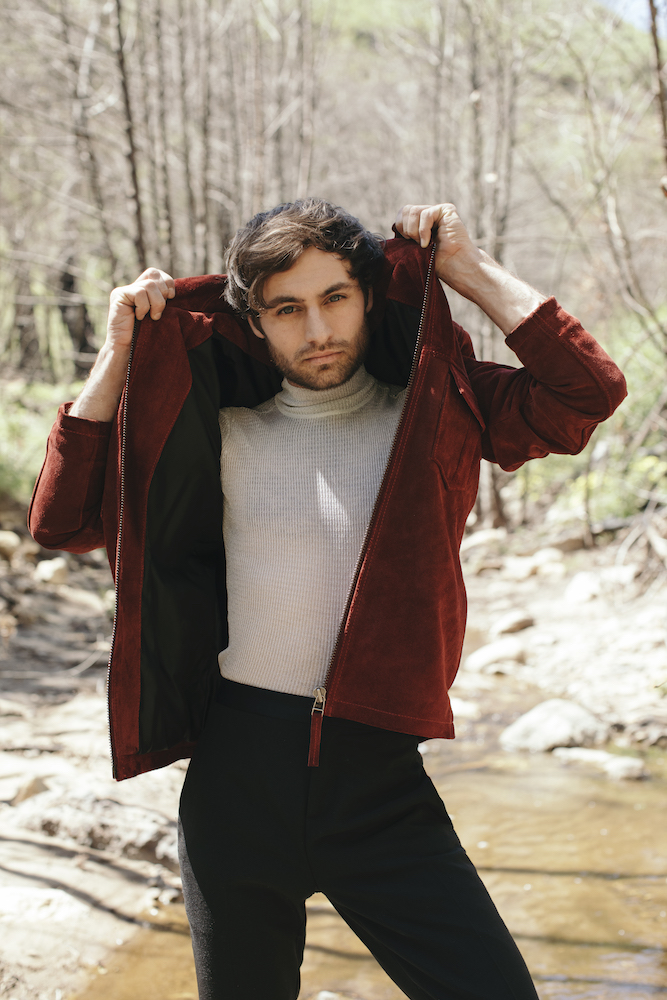
You write poetry too, and I assume not all your poems become songs. How do you view writing poetry versus writing song lyrics?
Poems to me are a bit more exploratory, I suppose. I think writing songs, to me, has become a therapeutic art-making process where I get to put myself down on paper and sound. But I think in poetry, it’s more searching for words and feelings and different ways to come at myself in the world.
You incorporate other artistic media into the project in different ways. For instance, you draw all your own cover art, and you obviously dance a lot on stage. Is it important to you to incorporate other artistic media into Yoke Lore?
Yeah, I think it is important to me. I view different forms of art as, kind of like… different [shots] on a multicam TV show. You have camera 1, and you have the person’s profile; then you have camera 2, and that’s the two-shot; and then you have camera 3, which is the wide-shot, or something. I kind of think that’s how art should be. Music is one beautiful perspective, but it is only one piece. So I feel like I need fine art and video and poetry to make this perspective holistic–so that I’m not fragmenting my own ideas.
How did you meet your drummer Garren Orr? You have great chemistry. There is a lot of hugging on stage, which I love.
[laughs] Yeah, we are good friends, for sure.
Have you known him for a while, or did you just click immediately?
I’ve used a couple different drummers. [My songs are] all my stuff, and then I just hire someone to play the parts that I write. But Garren showed up at practice, and I was like, “oh, this kid is it.” We both come from the hardcore [punk] background, and we’re both drummers. We both have a really necessary understanding of the dichotomy between effort and grace. I’ve never met anyone who tries as much as he does, physically. I mean just tries. It’s really impressive and amazing. When I’m on stage I move into this very spritely stage character that is Yoke Lore. And his willingness to muster that energy is something that I haven’t found in anyone else.
Is the banjo part of your Yoke Lore character? Or, explain to me: how are you a drummer and then you say, “banjo is what’s next for me”?
Yeah, I was a drummer for Walk the Moon, and then I wanted to play my own music, so I left the band. I’d always been into banjo music. My parents raised me on some folk music, and I had been listening to this guy Roscoe Holcomb. He’s this antebellum folk banjo dude, and he has this really terrible grating voice that’s super incredible and unusual to listen to. That was right around the time that I was leaving Walk the Moon to go back to college and do all that. I wanted to play my own songs, and I knew how to play guitar. But everyone knows how to play the fuckin’ guitar… and everyone can play the guitar better than I can. I’m not going to be virtuosic, and I didn’t want to be. So I started learning Roscoe Holcomb songs. I picked up a banjo when I was visiting my aunt in Boone, North Carolina, and taught myself a couple Roscoe songs, and that was that. I was like, “this thing is beautiful: it’s like a drum, basically, and I can do stuff in the front of the stage.”
Tell me about your music video for “Everybody Wants To Be Loved,” your track with NVDES. Did you work together on the visual aspect?
Yeah, we had the idea together. [NVDES’ producer] Josh [Ocean]’s girlfriend, Audrey, directed it, so it was a real collaborative process. We’d been working on the song forever. Visual elements are really essential to both projects, NVDES and Yoke Lore, respectively. We wanted to paint the situation where a character was coming to a certain realization, or a certain epiphany, or an insight. The best way we talked about was to use color to create the contrast. Then on the day of the video, Josh was like, “yo, dude, I found this fuckin’ mask…” and I was like, “oh, shit!” It’s the inner liner of a gas mask. A lot of people think it’s underwear, which is cool too. [laughs] But it’s gas mask lining, anti-flammable shit. It was perfect, because it further alienated that character from himself, and from the situation.
What does the video’s imagery mean to you?
The song is about struggling with your place in your own romance with the world–not knowing how vulnerable to make yourself; how much you should want it, how much you should not want it; how much you should try, how much you should not try. We all go through this, I think, every day. There’s also the line, “I just wanna get the fuck out,” because in our culture it’s a big deal to have a girlfriend, or get married and have kids. It’s a big deal for little girls thinking they need a boyfriend to feel good about themselves, or guys feeling like they need to go “hunt chicks” at night at bars. I think it’s worth talking about more, whether we need to have those expectations. Maybe we can talk more about them, to flesh out what those expectations really mean for us. This character in the video is, for lack of a better term, “blinded” in the beginning by his own isolation, and he realizes he can move out of himself at the end, and see the world around him, and that it won’t be so scary.
Do you have any other collaborations coming up?
I have a collaboration coming out with Jax Anderson. She’s actually on tour with Bishop Briggs right now. I went to Detroit a couple weeks ago and we made some songs, so those should be out in [early 2020].
